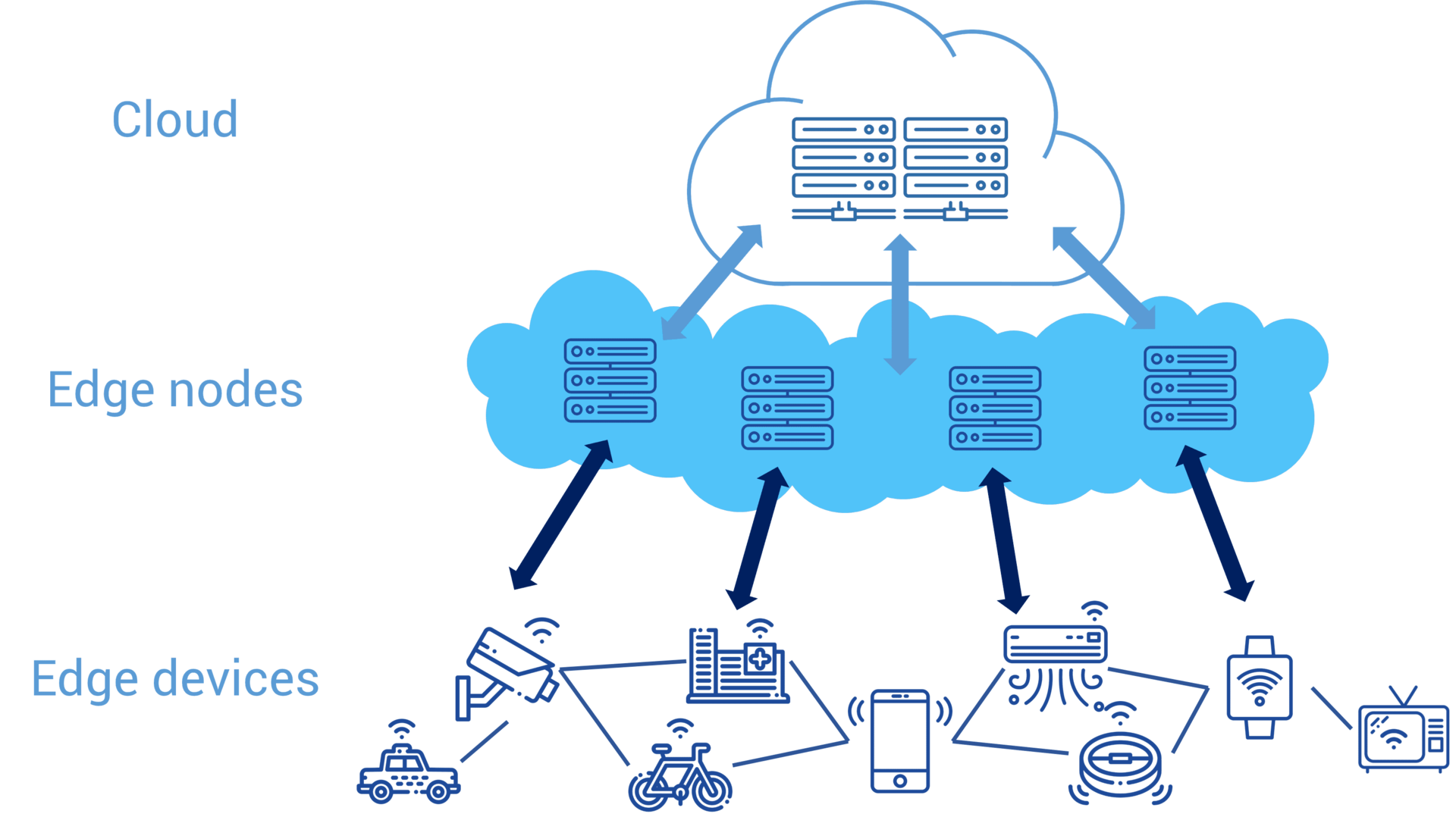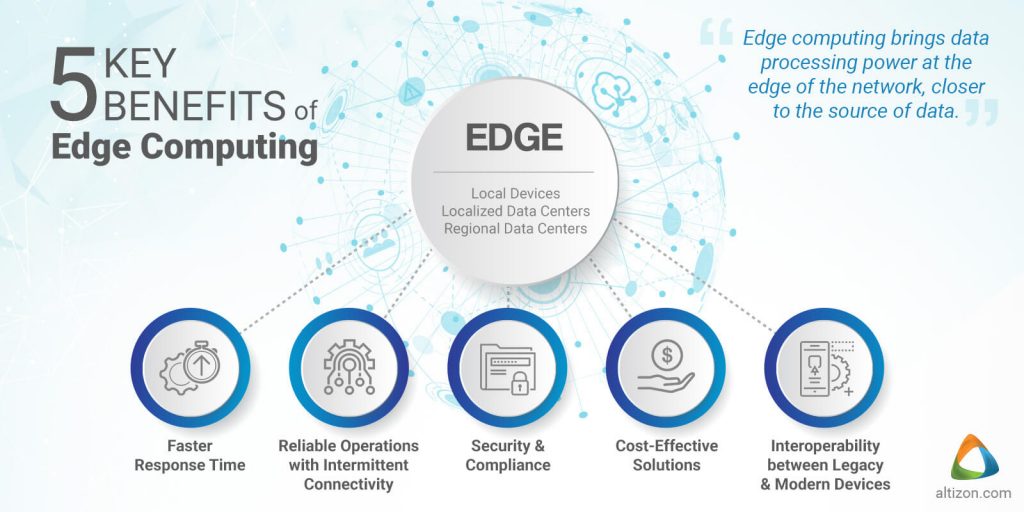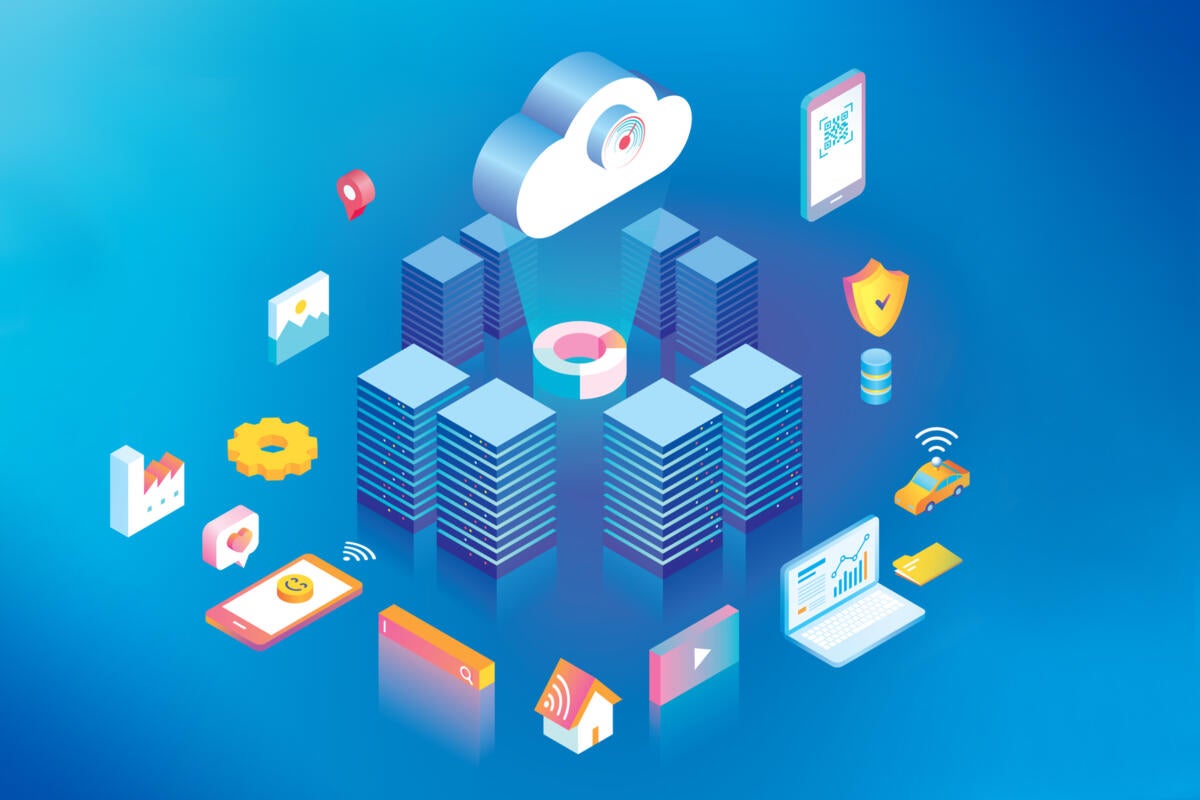edge computing best practices

Blog on Edge Computing for Smart Manufacturing

Abstract
Edge computing is a transformative technology in the world of manufacturing, automating and optimizing production lines, thereby saving time and money. This technology brings computing power closer to the data source, providing real-time analysis without having to send data to a remote server for processing. This article explores edge computing’s key drivers and benefits in smart manufacturing, providing insights into how this technology can be leveraged to enhance productivity and competitiveness of manufacturing companies.
Introduction
In recent years, with the proliferation of the Internet of Things (IoT), the amount of data being generated by industrial machines and equipment has grown exponentially. With this increase in data, traditional cloud computing approaches have become inadequate for processing and analyzing data, as the latency involved can cause delays in decision-making and consequent losses of business value.
Edge computing addresses this issue by bringing computation and data storage closer to the source, at the edge of the network, and processing the data in real-time. This eliminates the need to send data to a remote server for analysis, reducing latency and improving decision-making processes.
Smart manufacturing is one of the areas where edge computing can provide significant benefits. Smart manufacturing refers to the use of advanced technologies, such as IoT and AI, to optimize production and manufacturing processes, thereby reducing operational costs, improving quality and delivery times, and increasing overall efficiency.
Key Drivers of Edge Computing in Smart Manufacturing
Various factors have contributed to the growth of edge computing in smart manufacturing. These include:
Real-time Analytics
With edge computing, data is processed in real-time, enabling manufacturers to respond to changes in production immediately, thereby reducing downtime and minimizing losses. Real-time analytics also enable predictive maintenance, where faulty equipment is identified and replaced before it causes major production issues.
Improved Equipment Efficiency
Edge computing enables the deployment of sensors and other IoT devices on equipment, enabling remote monitoring, and reducing the need for manual inspections. This results in increased equipment efficiency, as potential malfunctions are identified and resolved before they cause production downtime.
Reduced Network Latency
Edge computing eliminates the need to send data to a centralized server for processing, thereby reducing network latency and enabling faster decision-making processes.
Benefits of Edge Computing in Smart Manufacturing
The benefits of edge computing in smart manufacturing are numerous and varied, ranging from enhanced efficiency and productivity to cost savings and improved quality. Some of the key benefits include:
Reduced downtime
Edge computing enables real-time monitoring and analysis of production processes, allowing manufacturers to identify and resolve issues before they cause production delays and downtime.
Improved quality and safety
Edge computing enhances quality and safety by identifying potential issues in production processes and enabling manufacturers to take corrective action preemptively. This not only improves product quality but also reduces the likelihood of safety incidents.
Cost savings
Edge computing enables manufacturers to optimize production processes, resulting in cost savings, as wastage is minimized, and equipment downtime is reduced.
Enhanced productivity
Edge computing provides real-time insights into production processes, enabling manufacturers to identify and address issues immediately, thereby enhancing productivity and reducing delays in decision-making.
Future readiness
Edge computing enables manufacturers to be future-ready, as it provides a scalable and adaptive infrastructure that can evolve with changing business needs and technological advancements.
Conclusion
Edge computing is a transformative technology that is reshaping the way manufacturing companies operate. By enabling real-time insights into production processes, edge computing empowers manufacturers to optimize their operations, reduce downtime, and enhance efficiency, productivity, and quality. As the manufacturing industry becomes increasingly reliant on the IoT and other advanced technologies, edge computing is poised to play a key role in driving growth, innovation, and competitiveness.
Will 5G accelerate edge computing as a service?

Abstract
The convergence of 5G and edge computing is poised to revolutionize how data is processed and analyzed, enabling real-time decision-making and unlocking new use cases across industries. In the context of edge computing as a service, 5G is expected to play a key role in driving growth and adoption, enabling seamless connectivity and low-latency data processing on a massive scale. This article explores the potentialities of 5G in accelerating edge computing as a service, providing insights into how this new paradigm can impact businesses and society.
Introduction
The relationship between 5G and edge computing is a symbiotic one, with each technology enhancing the capabilities of the other. 5G provides the network infrastructure that enables massive device connectivity and low-latency data transmission, while edge computing processes and analyzes data at or near the source, thereby reducing network latency and enabling real-time decision-making.
As edge computing continues to gain traction, many businesses are exploring the potential of edge computing as a service, where edge computing services are delivered over the cloud, and businesses pay for the service on a subscription basis instead of investing in expensive infrastructure. With the deployment of 5G networks, edge computing as a service is expected to gain further momentum, enabling businesses to take advantage of real-time data processing and analysis in a scalable and cost-effective way.
The Role of 5G in Accelerating Edge Computing as a Service
5G is expected to play a key role in accelerating the growth and adoption of edge computing as a service, providing several benefits such as:
Seamless Connectivity
With 5G, businesses can connect large numbers of devices and sensors seamlessly, enabling real-time monitoring and analysis of data. This enables businesses to achieve operational efficiencies and cost savings, as potential problems can be identified and rectified before they cause significant damage.
Low Latency Data Processing
5G enables low-latency data processing, enabling real-time decision-making processes that optimize business processes and drive innovation. This is particularly relevant in industries such as IoT, where real-time monitoring and analysis of data are essential to drive business value.
Enhanced Security
5G provides enhanced security features, such as network slicing and edge computing capabilities, that ensure that sensitive data is protected when transmitted across the network. By leveraging 5G’s security features, edge computing as a service providers can ensure that their clients’ data is safe and secure.
The Benefits of Edge Computing as a Service with 5G
The convergence of 5G and edge computing as a service provides several benefits to businesses and society:
Scalability
Edge computing as a service with 5G enables businesses to scale up or down as needed, without having to invest in expensive infrastructure. This provides flexibility and agility to businesses, enabling them to respond quickly to changing market conditions and emerging opportunities.
Cost savings
Edge computing as a service with 5G provides significant cost savings to businesses, as they no longer need to invest in expensive infrastructure to process and analyze data. With the service delivered over the cloud, businesses only pay for what they use, reducing operational costs and improving profitability.
Improved Operational Efficiency
Edge computing as a service with 5G enables real-time monitoring and analysis of production processes, enabling businesses to identify and rectify potential issues before they cause significant downtime or losses. This enhances operational efficiency and productivity, enabling businesses to achieve their objectives with greater ease and effectiveness.
Enhanced Innovation
Edge computing as a service with 5G provides a platform for enhanced innovation, as businesses can leverage real-time data processing and analysis to drive new insights and optimize processes. This enables businesses to distinguish themselves from their competitors, thereby enhancing their market position and long-term prospects.
Conclusion
The convergence of 5G and edge computing as a service is set to revolutionize how businesses process and analyze data, enabling real-time decision-making and unlocking new use cases across industries. As businesses look to enhance their competitiveness and profitability, edge computing as a service with 5G provides a scalable and cost-effective way to achieve their objectives, providing significant benefits such as scalability, cost savings, improved operational efficiency, and enhanced innovation.

Source image : www.notebookcheck.net

Source image : altizon.com

Source image : www.idginsiderpro.com


